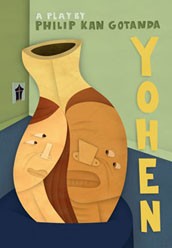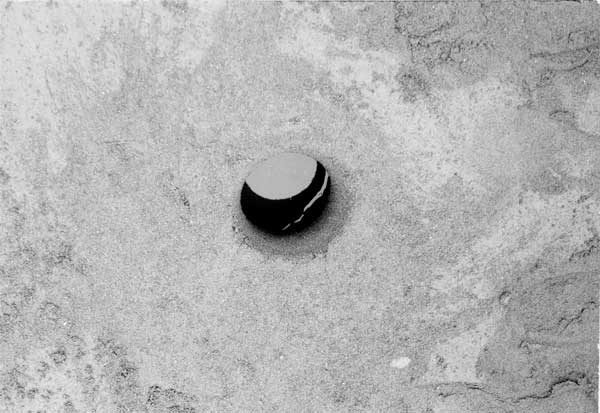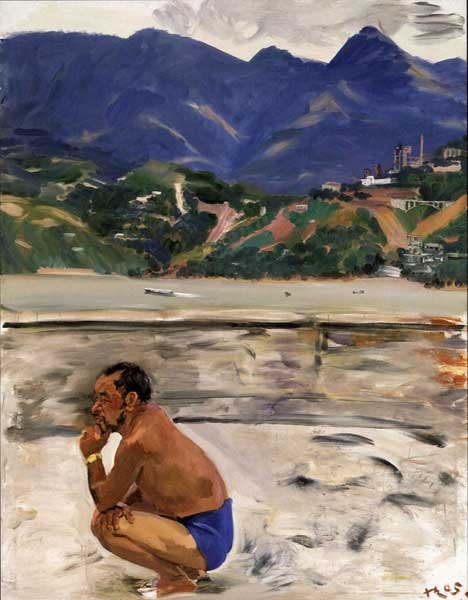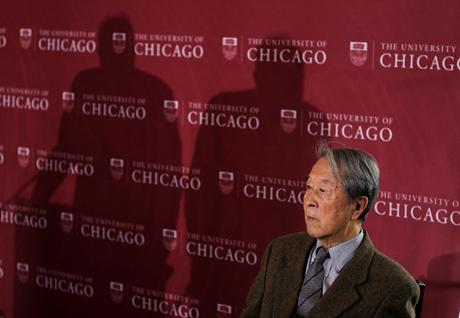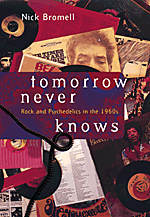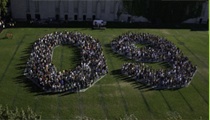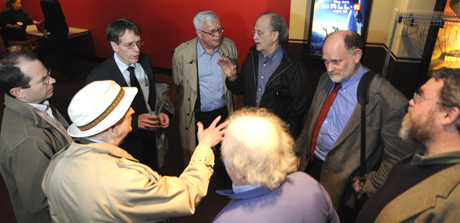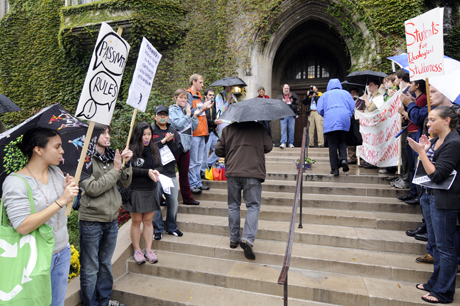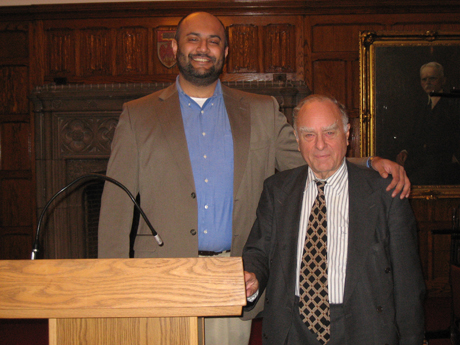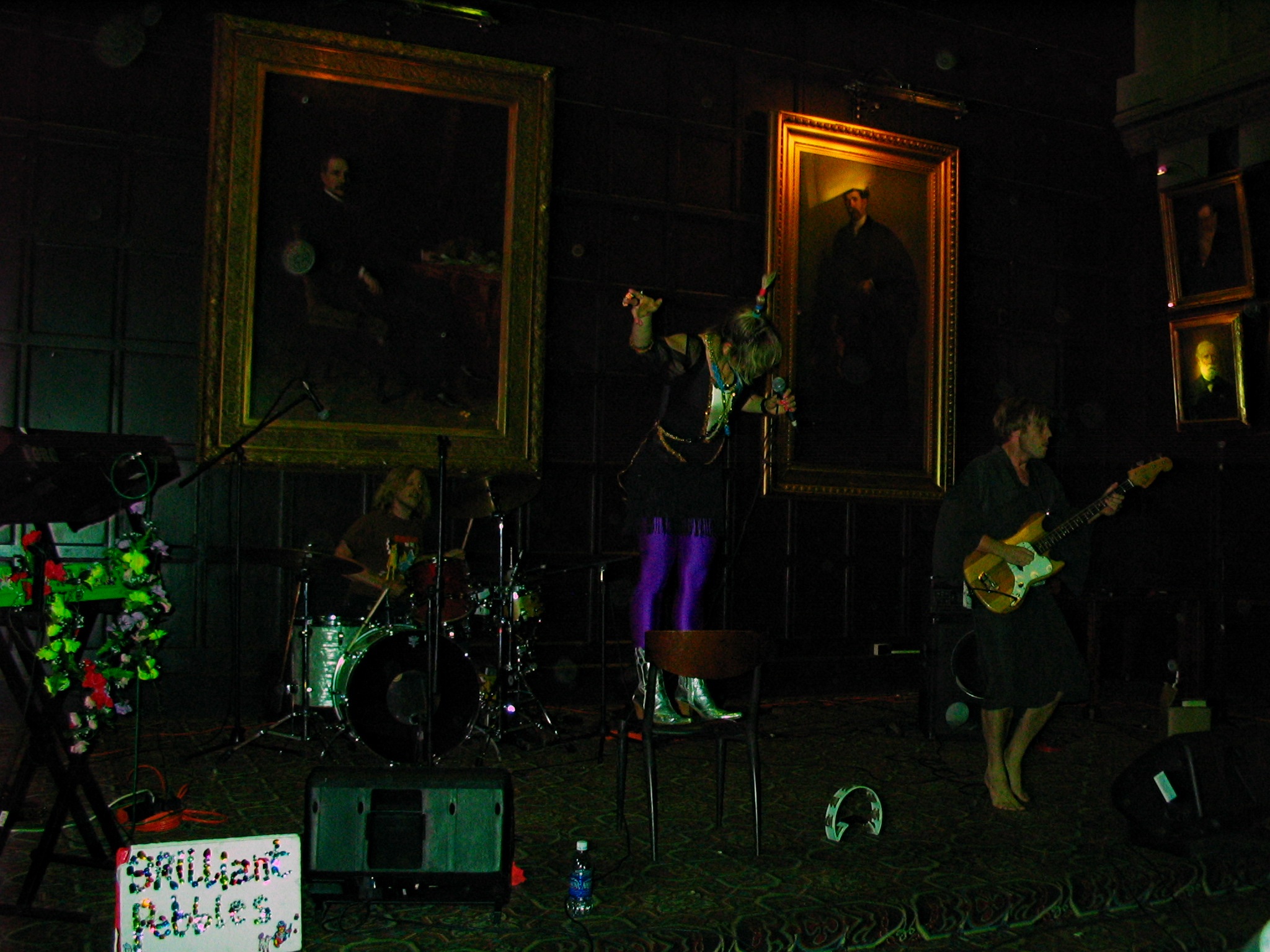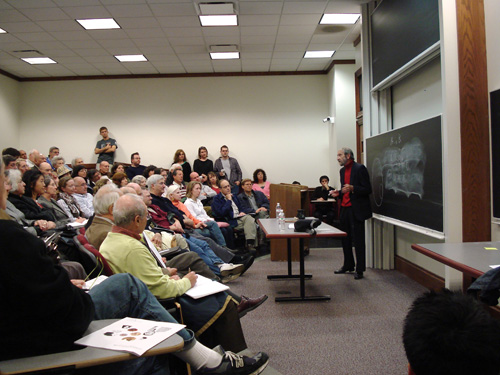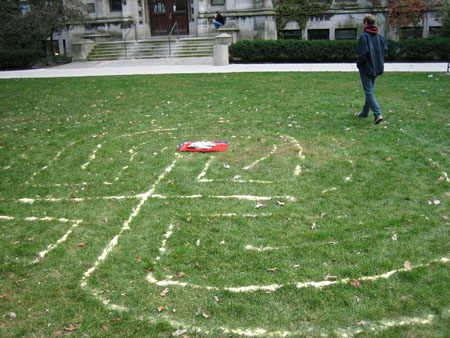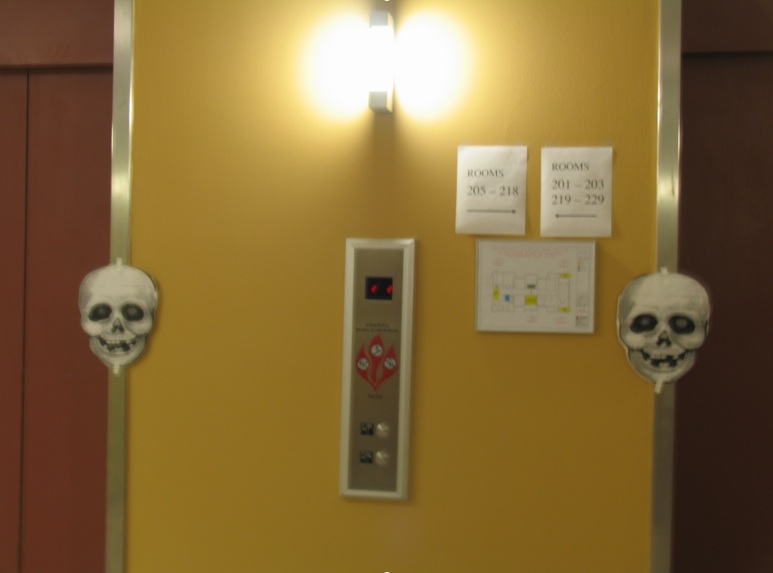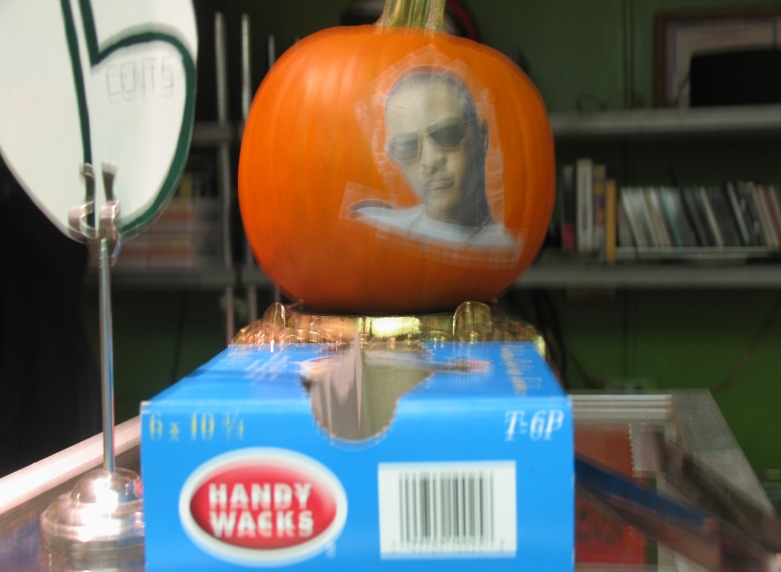The city that votes—and often

If you know one thing about Chicago elections, you know "vote early—and often." The phrase is variously attributed to such masters of clout as Al Capone and the first Mayor Daley, but whoever said it, it stuck. As Langdon D. Neal, chair of the city's Board of Election Commissioners, told the Know Your Chicago group visiting the commission's West Washington Street headquarters last Wednesday, "We have quite a history with voting in Chicago—but that's been a long, long time ago."
Today, Neal said, Chicago is "a model jurisdiction," consulting to election boards around the country. A three-hour look behind the scenes—including a visit to the Pershing Road warehouse where the city's state-of-the-art voting machines are stored, tested, and readied for each election—showed why.
- It's big. The city (the rest of Cook County is its own jurisdiction) has 2,575 precincts and some 1,700 polling places.
- It's trilingual. Chicago is one of two jurisdictions in the nation (Los Angeles County is the other) whose ballots are printed in three languages: English, Spanish, and Mandarin [See comment below—Ed]. After the 2010 national census, it's expected that ballots will also be printed in Korean.
- It's organized. Beginning two weeks to ten days before Election Day, a blue Election Supply Carrier (ESC in board lingo) is delivered to each polling place. About the size of an armoire, the locked ESC contains a touchscreen voting unit, ballot scanner, and vote-card activator; shrink-wrapped ballots; collapsible voting booths; supply boxes; and an American flag. The ESC also doubles as a locked box where ballots can be inserted if the scanner goes down.
- It still believes in voting early. Early voting for the November 4 election begins October 13 and runs through October 30, Mondays through Fridays, 9 to 5, at 51 sites around the city. The board hopes 160,000 citizens will vote early, easing pressure at the polling places in what they expect to be a record turnout.
M.R.Y.
